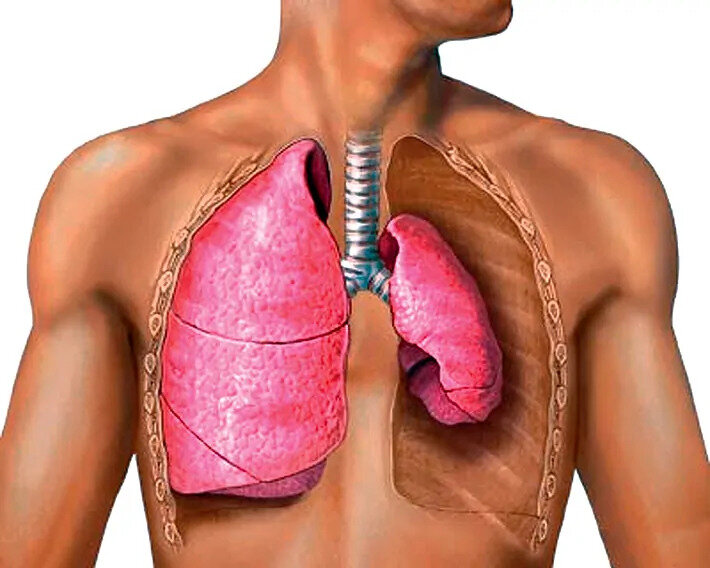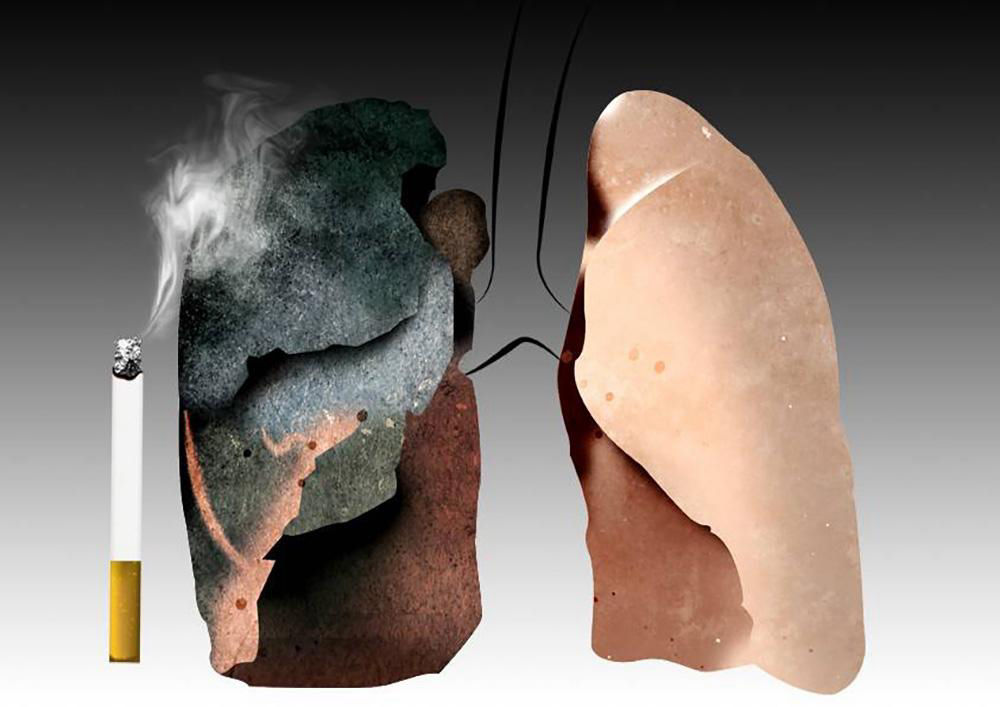Breathing is an act we perform thousands of times a day, yet how much do we really know about the incredible organs responsible for it? In this article, we’re delving deep into the world of lungs to unveil 17 lung facts that will leave you breathless with amazement. From their remarkable resilience to the surprising trivia about their size and function, get ready to take a lung-curious journey that will expand your respiratory horizons!
Carbon Dioxide and Breathing: The body is more likely to initiate inhalation in response to high levels of carbon dioxide in the blood, rather than low levels of oxygen.
Living with One Lung: It is possible to live a healthy life with just one lung. While you may experience some difficulties with exercise, it generally has little impact on daily life.

Oxygen Utilization: When you breathe, your body utilizes only about 5% of the oxygen inhaled, with the rest being exhaled.
Exercise and Lung Health: Regular exercise can be beneficial for lung health and may help improve conditions like asthma.
Lung Capacity and Exercise: Regular exercise can help increase lung capacity and improve overall respiratory health.
Blood in the Lungs: Lungs contain a significant volume of blood, contrary to the misconception of hollow organs.

Lungs and Speech: Lungs play a crucial role in speech. The larynx, or voice box, located above the windpipe, allows the air from the lungs to pass through and be converted into sound, enabling speech.
Coughing Frequency: Coughing around 10 times a day is considered normal for the average person. It’s not always a sign of a lung problem and can be caused by various factors.

Dangers of Pure Oxygen: Breathing 100% pure oxygen for an extended period, more than 16 hours, can lead to irreversible lung damage, retinal damage, and eventual death.
Lung Defense Mechanisms: Lungs have built-in defense mechanisms to protect against pollution and contamination. Specialized cells produce mucus to trap dust and dirt particles.
Continuous Breathing: The average person breathes approximately 13 pints of air per minute, and breathing is a continuous, essential process in our lives.

Asymmetrical Lungs: Human lungs are not symmetrical; the right lung is slightly larger than the left. This design is due to the positioning of the heart.
Breathing Rate: The average adult breathes at a rate of about 16 breaths per minute. However, this rate can vary based on factors such as job type, activity level, and stress levels.

Floating Ability: Lungs are unique among organs because they can float on water. This buoyancy is due to the presence of a liter of air in the lungs, even after exhalation.
Lung Cancer and Smoking: Smoking cigarettes is the primary cause of lung cancer, mainly due to the high levels of tar that accumulate in the lungs. Approximately 80% of lung cancer deaths are linked to smoking.

Sonar Lethality: High-intensity sonar, at 235 decibels, can potentially rupture the lungs and cause brain hemorrhaging.
Waste Elimination: Through the process of breathing, about 70% of waste is eliminated from the lungs, contributing to maintaining air quality.

